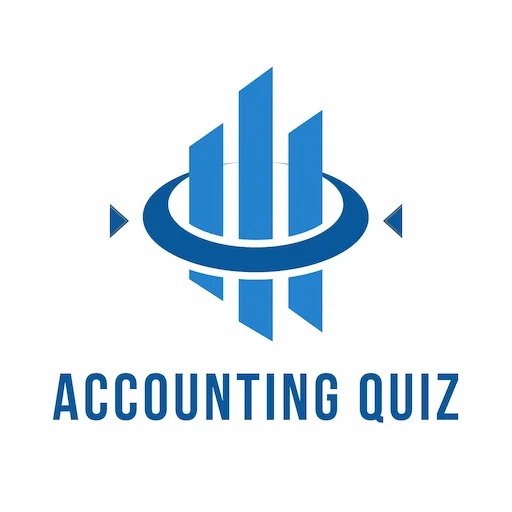Types Of Debt Issued By Corporations
Bank Debt
Most corporations fund their businesses to some extent with bank loans. These are typically variable-rate loans. When the loan involves only one bank, it is referred to as a bilateral loan. In contrast, when a loan is funded by several banks, it is referred to as a syndicated loan and the group of banks is the syndicate. There is a secondary market in syndicated loan interests that are also securitized, creating bonds that are sold to investors.
Commercial Paper
For larger creditworthy corporations, funding costs can be reduced by issuing short-term debt securities referred to as commercial paper. For these firms, the interest cost of commercial paper is less than the interest on a bank loan. Commercial paper yields more than short-term sovereign debt because it has, on average, more credit risk and less liquidity.
Firms use commercial paper to fund working capital and as a temporary source of funds prior to issuing longer-term debt. Debt that is temporary until permanent financing can be secured is referred to as bridge financing.
Commercial paper is a short-term, unsecured debt instrument. In the United States, commercial paper is issued with maturities of 270 days or less, because debt securities with maturities of 270 days or less are exempt from SEC registration. Eurocommercial paper (ECP) is issued in several countries with maturities as long as 364 days. Commercial paper is issued with maturities as short as one day (overnight paper), with most issues maturing in about 90 days.
Commercial paper is often reissued or rolled over when it matures. The risk that a company will not be able to sell new commercial paper to replace maturing paper is termed rollover risk. The two important circumstances in which a company will face rollover difficulties are (1) there is a deterioration in a company’s actual or perceived ability to repay the debt at maturity, which will significantly increase the required yield on the paper or lead to less-than-full subscription to a new issue, and (2) significant systemic financial distress, as was experienced in the 2008 financial crisis, that may “freeze” debt markets so that very little commercial paper can be sold at all.
In order to get an acceptable credit rating from the ratings services on their commercial paper, corporations maintain backup lines of credit with banks. These are sometimes referred to as liquidity enhancement or backup liquidity lines. The bank agrees to provide the funds when the paper matures, if needed, except in the case of a material adverse change (i.e., when the company’s financial situation has deteriorated significantly).
Similar to U.S. T-bills, commercial paper in the United States is typically issued as a pure discount security, making a single payment equal to the face value at maturity. Prices are quoted as a percentage discount from face value. In contrast, ECP rates may be quoted as either a discount yield or an add-on yield, that is, the percentage interest paid at maturity in addition tothe par value of the commercial paper. As an example, consider 240-day commercial paper with a holding period yield of 1.35%. If it is quoted with a discount yield, it will be issued at 100 / 1.0135 = 98.668 and pay 100 at maturity. If it is quoted with an add-on yield, it will be issued at 100 and pay 101.35 at maturity.
Corporate Bonds
Corporate bonds are issued with various coupon structures and with both fixed-rate and floating-rate coupon payments. They may be secured by collateral or unsecured and may have call, put, or conversion provisions.
sinking fund provision ⇒ a way to reduce the credit risk of a bond by redeeming part of the bond issue periodically over a bond’s life. An alternative to a sinking fund provision is to issue a serial bond issue. With a serial bond issue, bonds are issued with several maturity dates so that a portion of the issue is redeemed periodically. An important difference between a serial bond issue and an issue with a sinking fund is that with a serial bond issue,
investors know at issuance when specific bonds will be redeemed. A bond issue that does not have a serial maturity structure is said to have a term maturity structure with all the bonds maturing on the same date.
In general, corporate bonds are referred to as short-term if they are issued with maturities of up to 5 years, medium-term when issued with maturities from 5 to 12 years, and long-term when maturities exceed 12 years.
Corporations issue debt securities called medium-term notes (MTNs), which are not necessarily medium-term in maturity. MTNs are issued in various maturities, ranging from nine months to periods as long as 100 years. Issuers provide maturity ranges (e.g., 18 months to two years) for MTNs they wish to sell and provide yield quotes for those ranges. Investors interested in purchasing the notes make an offer to the issuer’s agent, specifying the face value and an exact maturity within one of the ranges offered. The agent then confirms the issuer’s willingness to sell those MTNs and effects the transaction.
MTNs can have fixed- or floating-rate coupons, but longer-maturity MTNs are typically fixedrate bonds. Most MTNs, other than long-term MTNs, are issued by financial corporations and most buyers are financial institutions. MTNs can be structured to meet an institution’s specifications. While custom bond issues have less liquidity, they provide slightly higher yields compared to an issuer’s publicly traded bonds.
